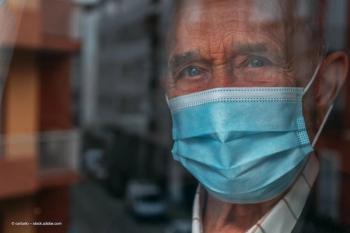
Actions and outcomes
A look at the VISION 2020 Gender Discussion Group
The first meeting of the VISION 2020 Gender Discussion Group (GDG) was held in Hanoi, Vietnam in September 2005 at which International Agency for Prevention of Blindness (IAPB) participants had to decide whether they wished to join a discussion on sustainability, the link between prevention of blindness and Millennium Development Goals, or on gender. While the GDG did not draw the same number of participants as the other groups, it did have a few advantages:
Gathering the evidence
At the meeting, it was agreed that there was a need to generate additional evidence to convince donors and agencies, not just of the problem, but also of solutions to the problem of gender inequity in use of eye care services. Generating this evidence came about by collaborative research projects, such as one in Egypt conducted by BCEIO, KCCO and Al Noor Foundation as well as by individual researchers.
A second need was to get all eye care NGOs to promote gender-sensitive interventions to reduce inequity. This was (and still is) a tall order but there has been considerable progress on many fronts, particularly in increasing use of cataract surgical services for women, in taking a more holistic approach to trachoma (as evidenced by the Women and Trachoma manual, which can be found at
The big theme
Finally and probably most importantly was the selection of Gender and eye health as the theme for the 2009 World Sight Day. As a consequence of this selection at the last meeting of the GDG at the IABP Congress in Buenos Aires in August 2008, many of the 50 or so participants have volunteered to collect case studies, relevant data and examples of 'best practices.' These are being used to generate the World Sight Day Report and supporting materials.
The GDG has more work to do. In many ways, this year's World Sight Day on 8 October launches a year in which attention needs to be paid to gender issues in prevention of blindness; in which all partners look at their programmes and assess whether they are working towards gender equity in service use; in which efforts are exerted to get gender and eye care into the broader health agenda; and in which there is a concerted effort to empower women and girls to achieve their maximum potential.
Newsletter
Get the essential updates shaping the future of pharma manufacturing and compliance—subscribe today to Pharmaceutical Technology and never miss a breakthrough.







































